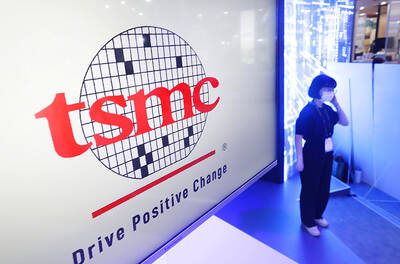Investor Jim Rogers said he likes Japanese stocks, as they are “very cheap” and domestic investors incurring losses overseas are likely to repatriate funds into the local equity market.
“They will soon start losing money on the money invested abroad so a massive amount of that money is going to come back home,” Rogers, chairman of Rogers Holdings, said at a forum in Tokyo yesterday. “I doubt that will go into bank deposits or bonds because interest rates are so low. Then at least they can go to commodities or stocks.”
The Nikkei 225 Stock Average tumbled 20 percent this year as Europe’s debt crisis clouded the global economic outlook and the yen’s advance eroded exporters’ sales. Stocks in the gauge are valued at 15.1 times estimated earnings on average, compared with 11.7 times for the Standard & Poor’s 500 and 9.7 times for the STOXX Europe 600, according to data compiled by Bloomberg.
Rogers said he holds shares of Sanrio Co, the Hello Kitty brand licenser, and toymaker Tomy Co. Tokyo-based Sanrio has soared 110 percent this year, while Tomy, the Japanese maker of Transformer and Pokemon toys, has slid 27 percent.
The yen is likely to remain high, Rogers said, adding that the Japanese currency and the Swiss franc make up the biggest portion of his foreign-exchange portfolio. The two are the best performers against the US dollar this year out of 16 major currencies tracked by Bloomberg, with the yen climbing to a postwar high of 75.35 on Oct. 31.
Singapore-based Rogers said he is pessimistic about most of the global economy as it faces the prospect of inflation and currency-market turmoil in coming years. In Japan, problems associated with a declining population and a swelling public debt will become more acute in 10 to 20 years, he said.
Rogers added that he is “very, very bullish on Asia, especially China.”
He said he is waiting for a rout in the Chinese stock market before buying more shares there. India isn’t attractive because of the nation’s high debt, he said. Myanmar is the “most promising and exciting” Asian market as the government reforms the political system in a country with ample natural resources, he said.

ADVANCED: Previously, Taiwanese chip companies were restricted from building overseas fabs with technology less than two generations behind domestic factories Taiwan Semiconductor Manufacturing Co (TSMC, 台積電), a major chip supplier to Nvidia Corp, would no longer be restricted from investing in next-generation 2-nanometer chip production in the US, the Ministry of Economic Affairs said yesterday. However, the ministry added that the world’s biggest contract chipmaker would not be making any reckless decisions, given the weight of its up to US$30 billion investment. To safeguard Taiwan’s chip technology advantages, the government has barred local chipmakers from making chips using more advanced technologies at their overseas factories, in China particularly. Chipmakers were previously only allowed to produce chips using less advanced technologies, specifically

The New Taiwan dollar is on the verge of overtaking the yuan as Asia’s best carry-trade target given its lower risk of interest-rate and currency volatility. A strategy of borrowing the New Taiwan dollar to invest in higher-yielding alternatives has generated the second-highest return over the past month among Asian currencies behind the yuan, based on the Sharpe ratio that measures risk-adjusted relative returns. The New Taiwan dollar may soon replace its Chinese peer as the region’s favored carry trade tool, analysts say, citing Beijing’s efforts to support the yuan that can create wild swings in borrowing costs. In contrast,

TARIFF SURGE: The strong performance could be attributed to the growing artificial intelligence device market and mass orders ahead of potential US tariffs, analysts said The combined revenue of companies listed on the Taiwan Stock Exchange and the Taipei Exchange for the whole of last year totaled NT$44.66 trillion (US$1.35 trillion), up 12.8 percent year-on-year and hit a record high, data compiled by investment consulting firm CMoney showed on Saturday. The result came after listed firms reported a 23.92 percent annual increase in combined revenue for last month at NT$4.1 trillion, the second-highest for the month of December on record, and posted a 15.63 percent rise in combined revenue for the December quarter at NT$12.25 billion, the highest quarterly figure ever, the data showed. Analysts attributed the

Taiwan Semiconductor Manufacturing Co’s (TSMC, 台積電) quarterly sales topped estimates, reinforcing investor hopes that the torrid pace of artificial intelligence (AI) hardware spending would extend into this year. The go-to chipmaker for Nvidia Corp and Apple Inc reported a 39 percent rise in December-quarter revenue to NT$868.5 billion (US$26.35 billion), based on calculations from monthly disclosures. That compared with an average estimate of NT$854.7 billion. The strong showing from Taiwan’s largest company bolsters expectations that big tech companies from Alphabet Inc to Microsoft Corp would continue to build and upgrade datacenters at a rapid clip to propel AI development. Growth accelerated for